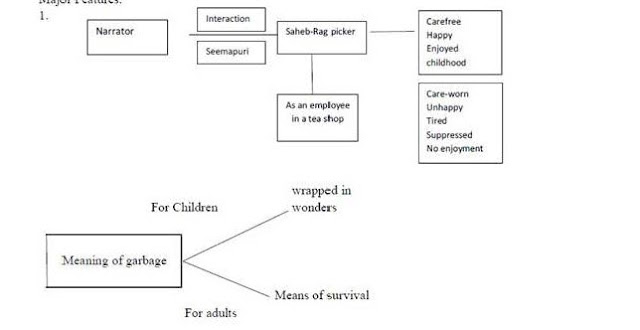The Enemy (Themes)
THEMES
Racism as a By-Product of Nationalism
All of the Japanese characters exhibit a profoundly antagonistic attitude toward white people. The only explanation for this deep-seated hatred of whites and feeling of superiority toward them is offered through the experiences of Sadao in America. Yet, every one of his recollections proves to reference people who were kind, merciful or showing compassion toward him. If experience is the driving mechanism behind such comprehensive hatred and dismissal of millions of people simply due to the color of their skin, then Sadao’s racism can only be termed irrational. In this way, that racism is inextricably linked to the negative influence of nationalism. Since Sadao’s experiences do not align with his bias, it can only be explained as a condition engendered by a steady diet of nationalist propaganda.
Duty vs. Self-Interest
This theme is explored through two different men representing two distinct expressions of self-interest. Sadao knows it is his patriotic duty to turn the injured white American over to the authorities as a prisoner of war, but his compassion as a physician sworn to heal trumps that duty. This is a case where self-interest is a complicated thing because his interest involves a duty to his vocation. On the other hand, General Takima avoids the expectations of duty to his country in order to overlook Sadao’s dangerous decision because of a more nakedly explicit preference for self-interest. If he carries out his duty as a General, the doctor will wind up imprisoned or worse which means he will not be available to conduct the surgery which the General needs to prolong his life.
The Universality of the Human Race
Many readers may complete this story and think to themselves how much it reminds them of people they know or the problem of white supremacists or how the idea of Japanese superiority comes into conflict with that country’s wartime ally, Germany, where Hitler was preaching the gospel of Aryan superiority. The truth is that it is fairly easy to make points about everybody is the same when characters are presented as victims of oppression. Making that point with characters who represent the worst aspects of an oppressive regime, however, is much more difficult and the story’s greatness lies in how just easily Buck pulls it off. It may not even be until after the story has been completed and allowed to simmer afterward that the expression of Japanese superiority and the unrelenting and relentlessly irrational racism of every Japanese character comes to be seen as a universal aspect united people of all colors, nationalities, and cultures.



